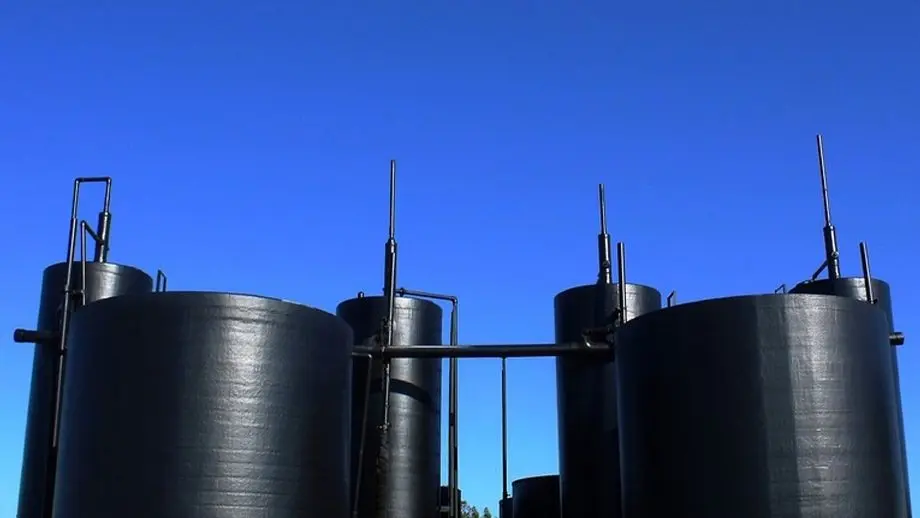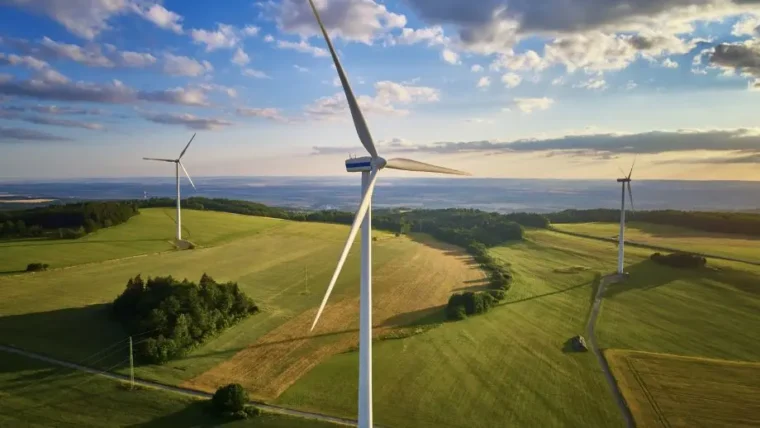Are you Meeting your Legal Requirements for Oil Storage?
27 April 2016

There are many reasons why you might store oil on your site and there are legal requirements surrounding storage of this potentially environmentally damaging substance. Do you know exactly what your requirements are and are you happy that you’re compliant? This blog will discuss the business requirements applicable in England and Wales.
Who does it apply to?
One of the principles we base environmental law on in the UK is pollution prevention. If we can stop pollution from happening in the first place, we don’t have to worry about environmental damage, cleaning up and remediation. The Oil Storage Regulations 2001 use this principle. If you have an oil storage container with a capacity of 201 litres or more at a business or public sector building, the regulations apply.
Storage containers can include oil drums and fixed tanks, intermediate bulk containers (IBCs), mobile bowsers and some types of generators and transformers. The regulations don’t apply if your storage containers are underground, at a refinery or stored in a building that would capture any leaking oil.
They apply to a number of types of oil such as petrol, diesel and biofuel but not to substances not classed as oil, for example, liquid petroleum gas. In terms of waste oil, the regulations apply if you store waste vegetable, cooking or synthetic oil. They don’t apply to oil drained from vehicle engines and hydraulic oil.
What are the requirements?
First of all, your container should be suitable for the substance you are storing in it and not burst or leak during ordinary use. You will also need to think about where to position your container to minimise the risk of impact e.g. away from traffic routes. If this is unavoidable, you must protect the container by placing barriers around the tank for example.
The requirement that most people know about is secondary containment, or bunding. This should be around your container to catch any oil that leaks out of where it is stored. In some circumstances, e.g. for IBCs, you may use a drip tray or some bowsers can be double skinned (as long as that isn’t solely for the purpose of strengthening the container). If you have a single container, the bund must be 110% of the capacity of the primary container. For multiple containers in a single bund, its capacity needs to be at least 25% of the combined capacity of all containers, or 110% of the capacity of the largest container, whichever is greater. This capacity should be maintained at all times, so it is important to think about how you might deal with rain water that may have the potential to be contaminated.
Your bund must meet certain requirements. It should be impermeable to oil and water and contain all of the container and any associated equipment. It should also not allow liquid to escape in any way, e.g. from valves, pipes, openings and drains. Any fill or draw off pipes passing through the bund wall must be sealed when not in use. In the case of refuelling, if you cannot refuel within the bund, you must use a drip tray to catch any spillages.
It is important that you take action to ensure any oil that you store on your site does not escape to the environment. To help ensure this, you should comply with the Oil Storage Regulations 2001. In special circumstances, there may be additional requirements so, if you are storing oil, it is important to check your specific requirements with the Environment Agency. Even if you don’t fall under the scope of the regulations, it is important that you don’t pollute the environment, so you may want to follow them as good practice. Have you checked that your storage areas and bunds are in good condition recently?









